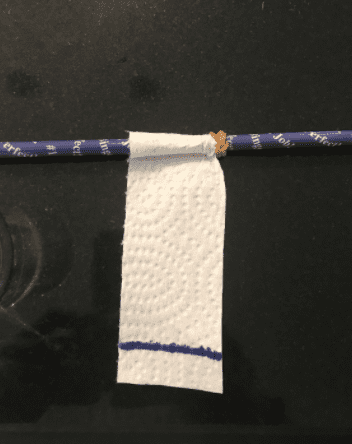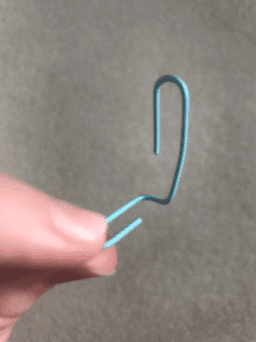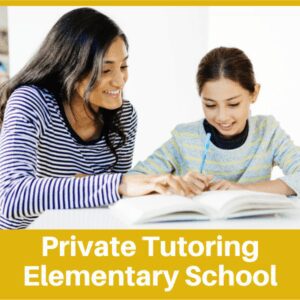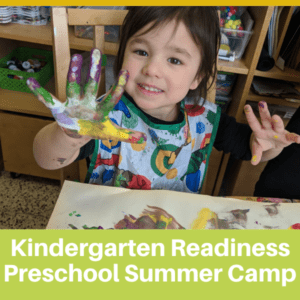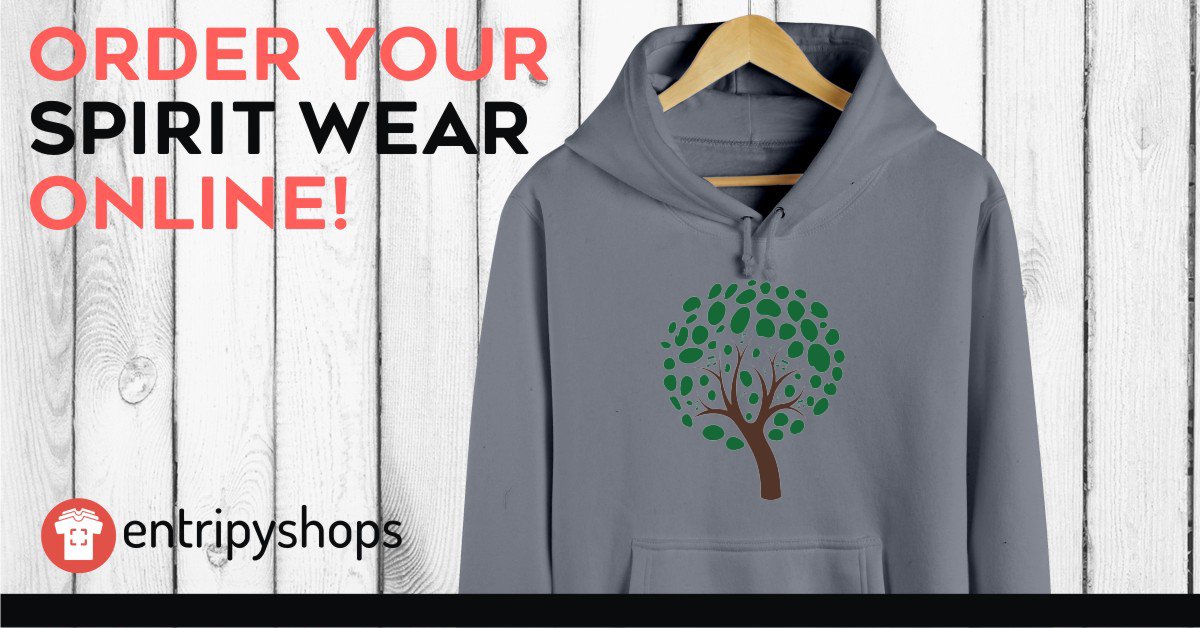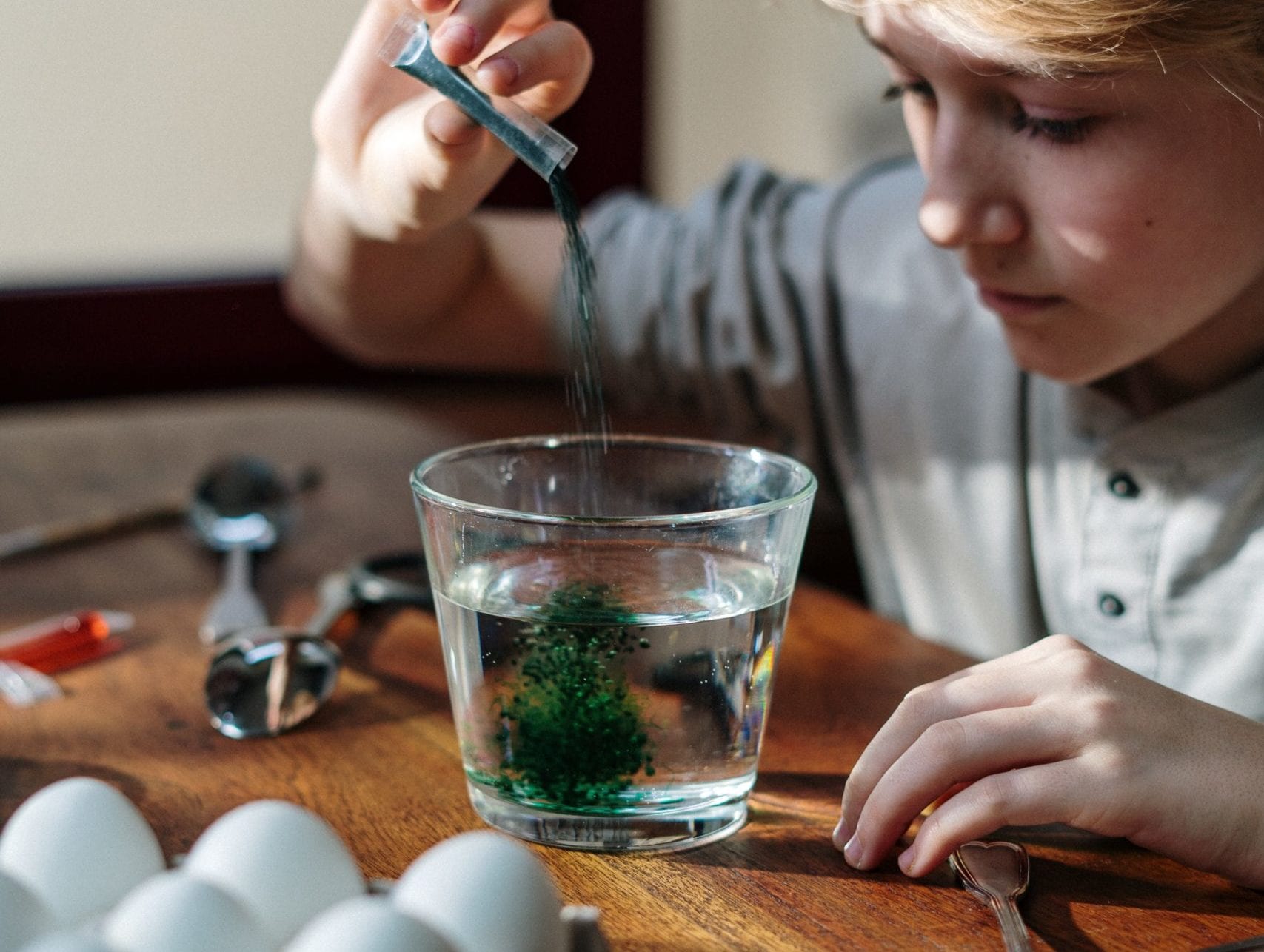
Simple at-home science experiments are a fun way to learn about the world around us through hands-on activities. Completing these experiments at home will allow students to practice following instructions and problem-solving, and they will be excited to find out what happens! The experiments below also require minimal materials that are safe for kids, so students of all ages can try these experiments independently or with minimal adult support.
Experiment #1: Moving Colours
Materials:
paper towel, scissors, coloured and washable marker, glass cup, water, pencil or pen, elastic
Steps: 
- Cut a rectangle out of paper towel.
- Draw a line at the bottom of your rectangle using a coloured marker.
- Attach the rectangle to a pencil using an elastic.
- Fill a clear glass with a little bit of water.
- Balance the pencil on top of the glass so that the paper towel is touching the water a little bit at the bottom.
Watch this video to see what happens or for clarification of instructions!
Why it Works:
The water moves up the paper towel due to capillary action. This means the water can move against gravity because of cohesion (water molecules sticking to other water molecules) and adhesion (water molecules sticking to paper towel molecules). Click here to learn more about capillary action!
Experiment #2: Floating Paperclips
Materials:
clear bowl or container, water, paperclips (2)
Steps:
- Fill a large bowl with water.
- Drop a paperclip into the water. Does it float or sink?

- Bend the paper clip and drop it in the water. Did it float or sink?
- Let’s try to make the paper clip float! Try balancing the regular paper clip on the bent paper clip and then gently placing the regular paper clip on the water. (Watch the video here for a demonstration!)
- Extension: Have fun testing out other objects! First, gather some small objects and make a hypothesis (an educated guess) about whether each object will float or sink. For example, will an eraser float or sink? Will a bottle cap float or sink? Then, test it out and see what happens!
Why it Works:
Using the bent paper clip to rest the other paper clip on the water increases the tension on the surface of the water. Surface tension means that the water molecules at the top of the water (directly underneath the paperclip) pull in towards each other, which means that the paperclip does not fall. Click here to read more about surface tension!
Experiment #3: Magic Arrows
Materials:
paper, marker, clear glass (should be slightly curved), water
Steps: 
- Fill a glass with water.
- Draw two arrows on a piece of paper. Draw one at the top of the paper and one at the bottom (like picture).
- Hold the piece of paper above and behind the glass of water and slowly move it down while looking through the water. Is the bottom arrow different from the top arrow? If it is not different, try holding the paper further back.
Watch the video to follow along or if you need help!
You can also try this with words – watch the video here for an example! Write a letter backwards and put it behind the water to reveal what it is! You can also try writing words backwards as well.
Why it Works:
The arrows or words are inverted when you look through the water due to refraction. Refraction is the bending of light. In this case, light rays are bending at an angle as they move through the water and towards your eye. Click here to learn more about refraction!
For more activity stories and Oak Learners fun check us out on Instagram
Looking for more fun STEAM blog posts then check out our STEAM Archives
Or, sign up for our newsletter below for school updates.
Get updates on new classes, hosted events, and more.
